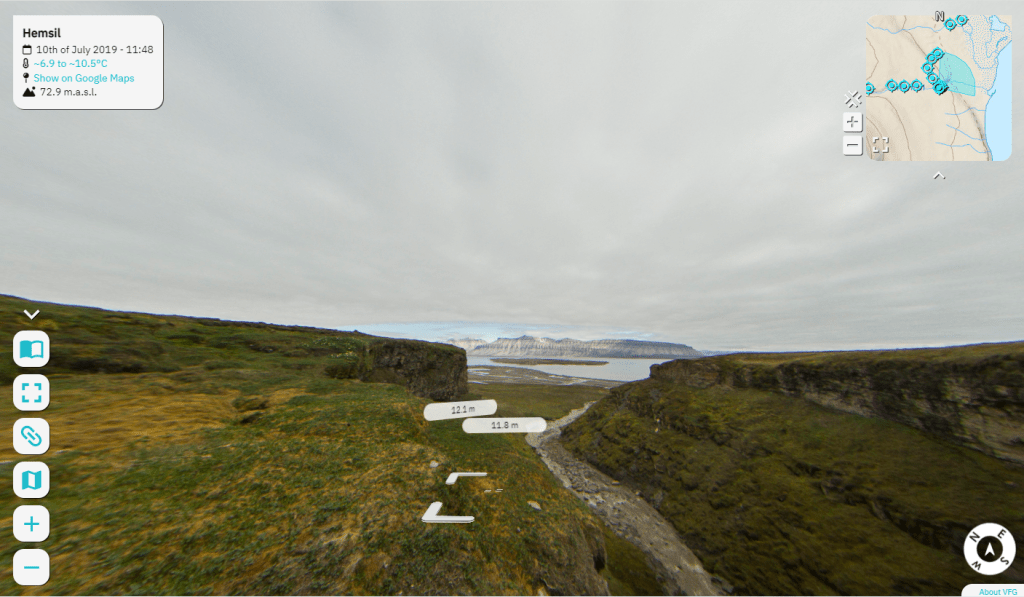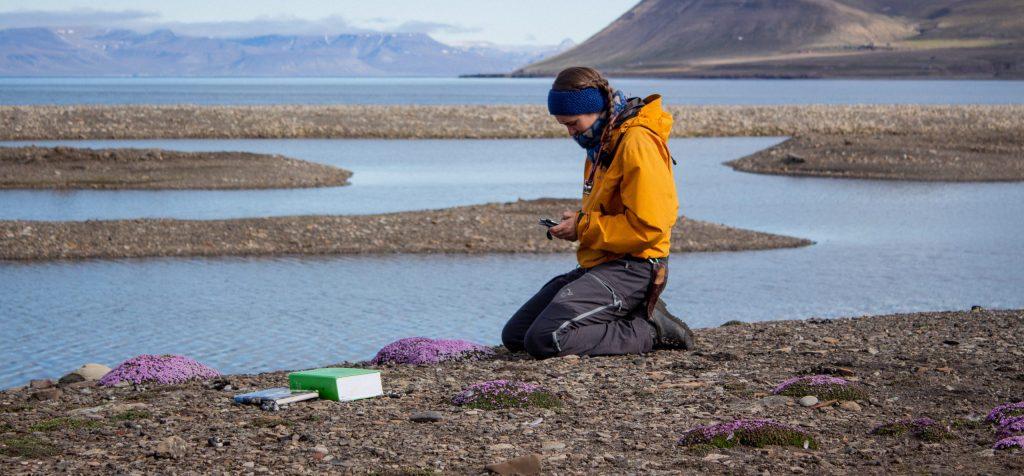• Learning Arctic Biology •
Want to learn about Arctic terrestrial biology?
Video: Tina Dahl and Marcos Poricres
• Browse by topic •
• Digital Tools •
360° Virtual Field Guides
Explore a variety of locations and learn about its biology, history and more. All in 360 degrees!
ArtsApp - Digital Key
A digital key for Svalbard’s flora, with specific keys for vascular plants and grasses.
Read about...
Colonisation of Svalbard by the invertebrate fauna
The invertebrate fauna of Svalbard is relatively young. There is no evidence that invertebrates survived the last glacial maximum in situ. The islands were covered
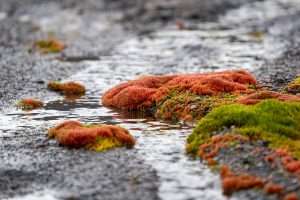
What are bryophytes?
Evolutionary origin Bryophytes belong to the embryophytes, which include all land plants. Evidence from structural, biochemical, and molecular data supports the view that bryophytes and all
LGM and postglacial migration
During the Last Glacial Maximum (LGM), biodiversity was significantly reduced throughout the Arctic (Willerslev et al., 2014); however, the extent of this biodiversity loss varied. The
Ecosystem functions of invertebrates
The group invertebrate contains a great diversity of taxa and groups; from hard-bodied insects to soft bodied organisms such as worms. Given this diversity it
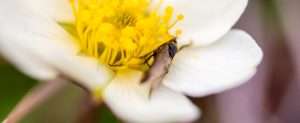
Pollinators and their importance in the Arctic environment
Globally, most flowering plants reproduce sexually and are pollinated by insects or other animals rather than abiotic pollen vectors such as wind. Plant-pollinator interactions are
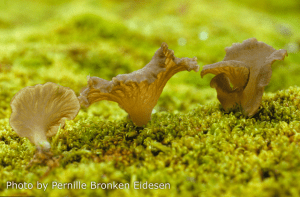
What is a fungus?
The fungal kingdom (Fungi) is related to the animal kingdom. They separated approximately 1.5 billion years ago. Like animals and plants, fungi are eukaryotes, which
Arctic invertebrate habitats
Invertebrates in Svalbard can be found just about anywhere, flying, under rocks, in the soil, crawling on the vegetation, in the streams and ponds, even
Climate, topography and spatial heterogeneity
Arctic biodiversity is structured by a range of environmental factors. To understand which environmental factors that are decisive to the species composition in an area,
Ecosystem role of bryophytes
Bryophytes have many important ecosystem functions in the Arctic. These include: Regulation of hydrology In many habitats, bryophytes control soil and vegetation hydrology (Beringer et
Systematics of fungi
Modern fungal systematics is based upon genetic analysis. However, and structure of the hyphal cells are also important. Below you will find an overview of
Bacteria
Bacteria are the major drivers of the Earths biogeochemical cycles, and therefore very important components of the ecosystems. There are estimations showing that more than
Diversity of bryophytes
Bryophytes are the second most diverse group among land plants after the flowering plants (Magnoliophyta, ~350 000 described species; Glime 2007). Defining the number of species of
Fungi in Svalbard
A large number of mushroom species grow in Svalbard. Most are small, some are poisonous, while others are edible and tasty. Fungi have most of
Microbial eukaryotes
Microbial eukaryotes are an evolutionary diverse group that gathers various eukaryotic organisms of often microscopic sizes, such as protist and fungi. Protists, comprise a large
Bryophyte adaptations and constraints
Bryophytes are very resilient and have a unique ability to recover from long-lasting extreme environmental conditions (La Farge et al. 2013, Procter et al. 2007). Bryophytes
Mutualistic fungi
Mutualistic fungi live on other organisms, however in contrast to parasitism, mutualism benefits all involved organisms. The fungi get nutrition, mainly carbohydrates, from their partners,
Useful learning resources

bioCEED resource for learning statistics, tutorials for the statistical computing language R and more!
How do you start with academic writing? This is the prefect resources for those who are about to write their first thesis/poster/essay etc. or looking for new tips when it comes to academic writing.
Svalbox is all about Svalbard geology. Svalbox aims to compile and acquire key data sets and publications to provide an interactive 3D geoscientific database of Svalbard.
The UNIS Executable Books page provides an overview of all eBooks available and/or used for teaching at the University Centre in Svalbard (UNIS).


